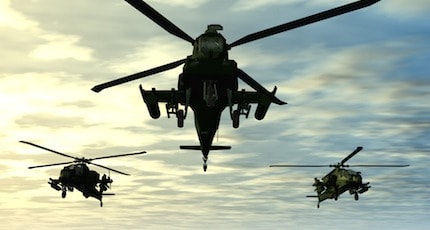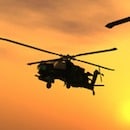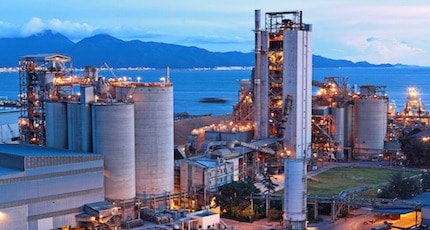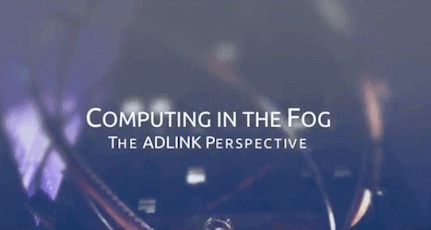Fog & Edge Computing in Defense and Aerospace
A Conversation with Roy Keeler, ADLINK
In this video, Roy Keeler, Senior Product Manager for ADLINK, discusses the impact of fog and edge computing on the defense and aerospace industries. Learn why Roy says that “The next war is going to be won by information dominance” and how the lessons learned in defense systems are relevant to the commercial sector.
Transcript
RK: Well the difference between fog and cloud is you’re actually pushing artificial intelligence and decision making out to the edge of the cloud. That’s what fog does for you. It builds intelligence out at the edge so you can make very quick decisions.
AB: When you say quick decisions, pushing the data and the decision making down to the appropriate level?
RK: That’s correct, yes.
AB: All right.
RK: What you’re really trying to do there is decrease the kill chain time. That’s very important from the time that you detect something going on to the time that you can take action, depending on that information that you receive from cloud or fog computing, or from your sensors.
AB: How rapidly is this being adopted?
RK: Interestingly enough it’s pretty pervasive in the military today. Things that we don’t see, ballistic missile defense for instance. They use IOT and cloud computing for connecting all of the different sensors that go into ballistic missile defense system. When you have an Aegis cruiser off the coast of a hostile country, you have a FAD system sitting somewhere in coast, and satellite communications back to the command post, back to the United States, back to Cheyenne mountain for instance. All of that is hooked together through cloud computing today. So you’re again, time to shooter, is very low because this information is being done at real time across the platforms.
AB: With the advent of fog and edge, how does that change the nature of conflict going forward? What can we expect?
RK: Next war is going to be won by information dominance.
AB: Okay.
RK: That’s not only dominating the tactical moves on the battlefield, but controlling the electromagnetic spectrum. If we can control the information that’s coming in and out of a battle area, we can control the flow of battle. Our enemies, if we can deny them access to the electromagnetic spectrum, they can’t communicate. They’re blind basically. That’s very important is dominating that spectrum, and you can do that through cloud AI and putting sensors out at the battlefield that pull in the spectrum, analyze the spectrum, and then shift your operations so that your information is not interfering, or is being blocked or jammed. That’s where some of this stuff becomes very important. You’ve got a connected environment, you’re analyzing the data as it’s coming back, and optimizing the available bandwidth out there for you to conduct operations.
AB: Well good stuff. Thanks for joining us today.
RK: Well thank you. I appreciate it.
Fog & Edge Computing video series
-
Vignette #1:
-
Vignette #2:
-
 Vignette #3:Fog & Edge in Defense and Aerospace
Vignette #3:Fog & Edge in Defense and Aerospace -
Vignette #4:
-
Vignette #5:
Connect with ADLINK
About ADLINK
ADLINK Technology is leading edge computing with solutions that drive data-to-decision applications across industries. ADLINK provides robust and reliable hardware platforms, data connectivity, and complete Industrial Internet of Things (IIoT) solutions to serve a wide variety of industries including networking, industrial automation, healthcare and defense.
Learn more at adlinktech.com.








